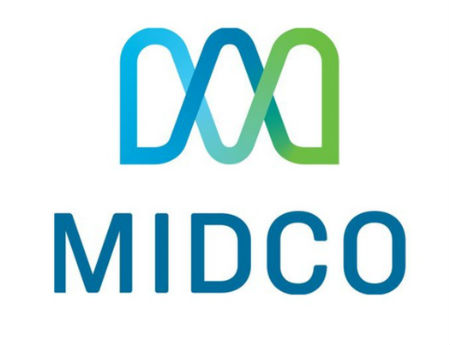Midco Testing 100 Mbps Fixed Broadband Using CBRS

Midcontinent Communications (Midco) wants to use fixed wireless to deliver broadband to remote portions of its rural footprint. And it’s currently testing residential fixed wireless speeds of 100 Mbps downstream and 20 Mbps upstreaming using its 3.65 GHZ nationwide nonexclusive and 3.5 GHz CBRS band spectrum licenses.
“Midco’s fixed wireless innovation extends to the millimeter wave, where we are beginning testing,” said Justin Forde, Midco’s senior director of government relations, testifying Friday during a hearing on 5G conducted by Senate Committee on Commerce, Science and Transportation chair John Thune (R-S.D.). A transcripts of Forde’s testimony is available here.
Midco is among a number of telecom companies, Comcast and Charter included, looking at delivering services through high-band frequencies committed to the Citizens Band Radio Service.
“Using shorter distances from towers to consumers, we can use the 70 and 80 GHz bands for our point-to-point connections and the 50 and 60 GHz bands for our point-to-multipoint connections,” Forde added. “A new meshing technology will increase redundancy and reliability, and we will be testing Gigabit fixed wireless services. Millimeter wave technology can be an additional tool in the toolbox to offer high-speed and reliable broadband to rural America.”
Related: CBRS Alliance Declares Interop a Success, Says Commercial Deployments are ‘Imminent’
Sioux Falls, S.D.-based Midco serves more than 400,000 residential and business customers count on Midco services in 342 communities in South Dakota, North Dakota, Minnesota, Kansas, and Wisconsin.
Forde rendered his testimony as the FCC, which was also present at Friday’s hearings, looks to change the way it allocates spectrum for so-called “5G” services, the name which larger wireless carriers are using to market their new fixed wireless offerings.
The smarter way to stay on top of the multichannel video marketplace. Sign up below.
“It would be detrimental to rural America if valuable and limited spectrum was allocated only to 5G, especially as 5G requires a high concentration of small cells to operate,” Forde said. “Using current mobile 5G technology, it would take an estimated 350 small cell towers to provide 5G to Sioux Falls, with a square footage of only 74 miles. While technology that requires end users to be in such close proximity to a tower is a possibility in Sioux Falls, Rapid City, and other urban areas, mobile 5G it is not currently a realistic solution to close the Digital Divide in rural areas.
“On behalf of our friends and neighbors who still lack access to broadband, we ask that Congress and the FCC allow fixed wireless providers like Midco to have equal access to spectrum as that valuable resource is freed up for commercial use,” Forde added. "We know from field testing that the 3.5 GHz band is key spectrum for us to provide speeds of 100/20 and higher to homes that are over 8 miles away from the tower.
The FCC is currently changing the rules for the 3.5 GHz band. Under those rules, Forde said, “After 2020, we will lose our interference protection in the 3.65 GHz band, and we will then need to either use general authorized access spectrum, in which case our operations would not be entitled to interference protection, or bid on priority access licenses in the 3550-3650 MHz range that will be auctioned. Moreover, only 70 MHz of spectrum will be auctioned, and there is no guarantee Midco will be able to gain access to that spectrum.”
Daniel Frankel is the managing editor of Next TV, an internet publishing vertical focused on the business of video streaming. A Los Angeles-based writer and editor who has covered the media and technology industries for more than two decades, Daniel has worked on staff for publications including E! Online, Electronic Media, Mediaweek, Variety, paidContent and GigaOm. You can start living a healthier life with greater wealth and prosperity by following Daniel on Twitter today!

